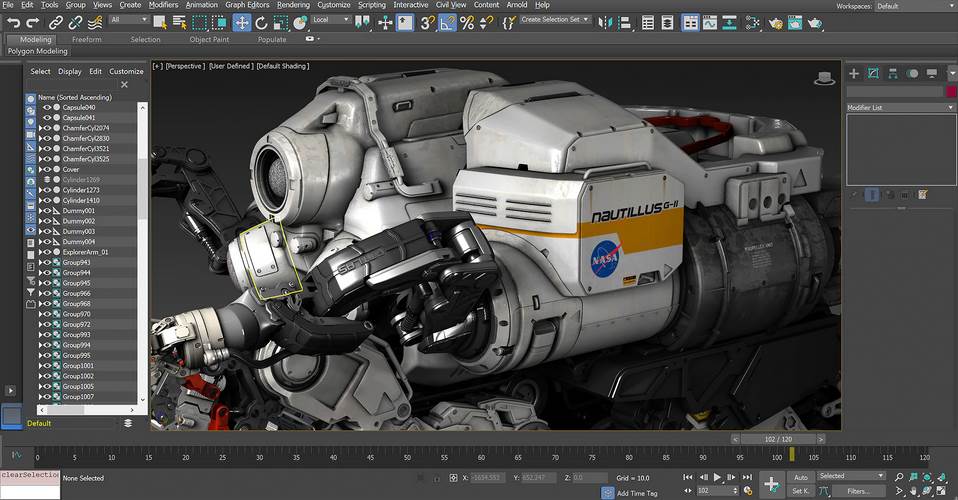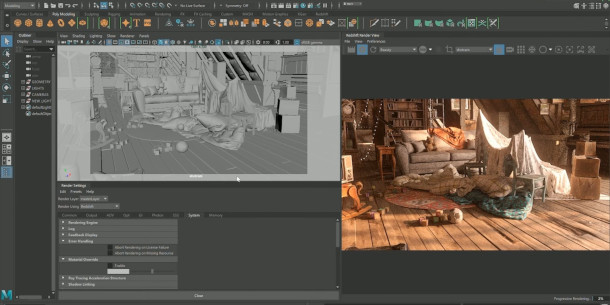

- #Denoiser 3 cuda how to
- #Denoiser 3 cuda driver
- #Denoiser 3 cuda software
- #Denoiser 3 cuda code
- #Denoiser 3 cuda windows 7

OptiX 7 introduces a new low-level CUDA-centric API giving application developers direct control of memory, compilation, and launches while maintaining the programming model and shader types.
#Denoiser 3 cuda driver
You may need a Beta Driver for certain operating systems. NOTE: Requires NVIDIA R435.80 driver or newer.
#Denoiser 3 cuda windows 7

NOTE: Requires NVIDIA R450 driver or newer.
#Denoiser 3 cuda how to
How to get started with OptiX 7 DevBlog

OptiX 7.2.0 introduces: support for module specializations for runtime feature toggles, Arbitrary Output Variable (AOV) denoising for increased flexibility, improved error checking and debugging for an enhanced developer experience, as well as source libraries and sample code to support demand loading of rendering data. NOTE: Requires NVIDIA R456.71 driver or newer for Windows and 455.28 or newer for Linux. The use of AI Neuronal Network technology in OptiX 5.0 to enhance the process of denoising and cebas' engineering work on finalRender's trueHybrid™ technology offers a bright future towards higher quality photo-realistic images in much lesser time.- How to get started with OptiX 7 DevBlog
#Denoiser 3 cuda software
Our very first integration tests revealed right from the start that NVIDIA has created an exceptional piece of software engineering by combining the power of AI and their powerful GPU hardware to surmount what has bothered every single GPU software developer for years - Noise in the image. This image shows the OptiX AI-Denoiser running in finalRender at 100 samples after only 45 seconds of rendering. Users can expect ongoing innovative updates as finalRender progresses. Our new finalRender's latest addition is the NVIDIA's OptiX 5.0 AI Denoiser feature. Following the launch of our latest finalRender trueHybrid™, cebas' mission as always, is dedicated to getting the most sophisticated renderer into the hands of the artists affordably by incorporating latest NVIDIA GPU technology combined with cebas CPU enhancements, to achieve a powerful as well as an unique mix of processing power. Cebas Visual Technology, founded in Heidelberg, Germany and headquartered in Victoria, BC Canada, has been developing 3dsMax plugins for visual technology since 1988.


 0 kommentar(er)
0 kommentar(er)
